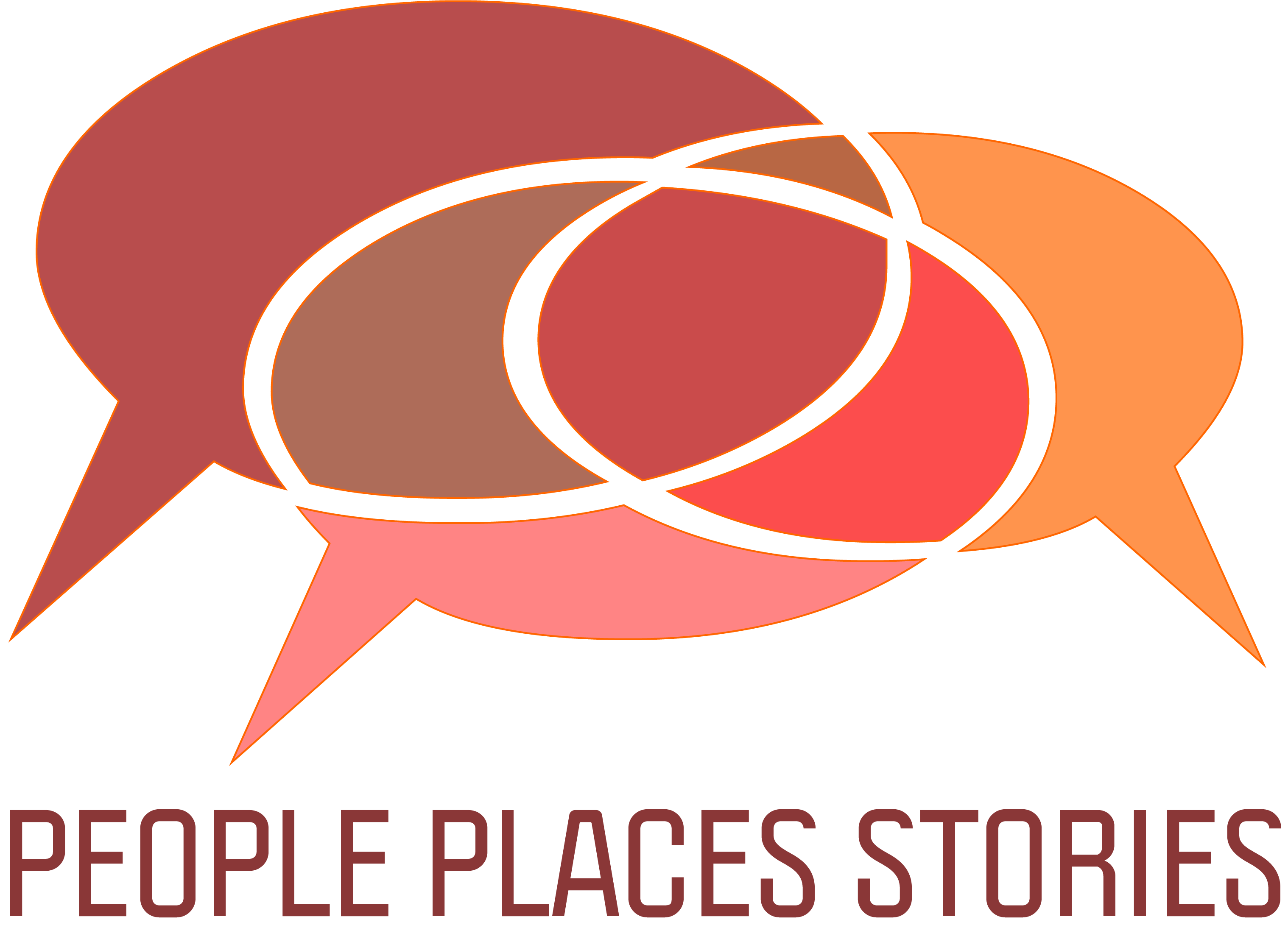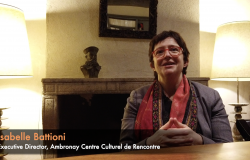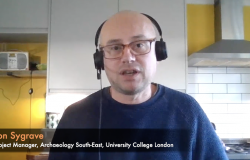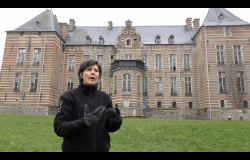Stage 6. Sustain
Goal: To make the community last beyond the initial (project) activities and results.
How can we establish lasting processes and activities? How can we embed the HC activities in the mainstream social/cultural/economic life of the community? How can we establish a lasting meaning and (added) value for the community?
Heritage Community Development Toolkit
- How can You
- Partner's Example
-
Activities
- Stage 6 @ the House Mill
- Learning Materials
- Quiz
- Competence Development
- Additional Resources
HOW can you integrate your HC into entrepreneurial activities?
One example would be to create a Community Enterprise. It is a form of social enterprise that puts the person at the centre; an innovative tool that creates synergies for the enhancement of a common good; a business model in which people are users and beneficiaries of goods and services; an enterprise that starts from the grassroots to create local regeneration.
The community enterprise is an immediate response to the needs of a specific territory that is given by those who live that territory in the first person. The community enterprise (or cooperative) is the commitment of each individual to a common goal.
The objectives are to:
- increase the economic and social well-being of the community,
- create job opportunities
- protect cultural heritage
The elements of a Community Enterprise are:
- it produces goods or services in a stable and continuous manner, for the whole community, not just its associates
- it is based on inclusive and democratic principles
- it is rooted in a community, whose ultimate objective is the improvement of wellbeing as human development
- there is mutual recognition as a group of people sharing skills and cultures united around interests, resources and projects
- it is open and development-oriented
- it ensures non-discriminatory access to goods and services for all members of the community
Finally, member companies shall base their sense of doing business on distinctive core values, for instance those contained in the statements of the 2030 Agenda on Sustainability, the Faro Convention and, eventually, a relevant regional Charter.
The Mill (UK)
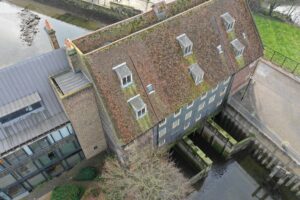
Mill House, in East London, is one of the oldest and largest tidal mills in Britain, where people have been harnessing the tidal energy of the River Lea in Stratford, East London for nearly a thousand years. Originally a marshy area, the building lies on an artificial island, partly on piles, on land originally reclaimed by Cistercian monks. The first mention of a mill on this site was made in the Domesday book of 1086, and it is likely that the Cistercian monks built the first mill. The current building is largely 17th Century and operated as a mill for hundreds of years, it was restored in 1997. The complex is Grade 1 listed – the highest level of protection in England – and is composed of various buildings. There has been some change to the local area since it was first restored, largely as a result of the Olympic legacy project: improved transport links and rapid increase in new residential areas has attracted young professionals and changing the demographic of this area of London. Meanwhile, changing water levels have affected the building’s stability.
The House Mill has done various things to ensure that it sustains itself as a heritage community; as a registered charity managed by a group of voluntary trustees it creates funding bids for restoration. It has created partnerships with local businesses, community groups, and academic departments. The space has become a hub for the local community. It now hosts a museum, a school and tv/film studios. A local church rents a room for its services, artists hold exhibitions, people drop by for a drink at the coffee shop, and volunteers lead guided tours.
In 2017 it reached out to UCL’s Institute of Archaeology: now the trustees host MA students for an intensive study week during which they tackle practical and technical conservation, documentation and a range of heritage management issues. Students help the community through their research, writing conservation management plans and consulting with a range of local stakeholders, many of whom are recent arrivals to the area and often do not know about the Mill. Some students undertake work placements and continue their relationship with the mill as volunteers. Students have provided the organisation with computer models of the building’s foundations, providing vital information in understanding changing conditions, brainstorming ideas on engaging with the community. The trustees are forward-looking; they recently created a vision for House Mill to share with its stakeholders.
Posible Activities
- Establish a real (physical) meeting place.
- Establish good governance practice.
- Decide on and realise tangible outcomes.
- Issue statements of significance.
- Communicate outcomes, impact and benefits.
- To turn Open Days, events, picturing / imaging, storytelling, story trails, place telling features, art projects, heritage walks into recurrent activities embedded in the social & cultural calendar of the community.
- Create tangible symbols & outcomes.
- Organise a real bar & café, meeting place, garden .
- Find project or structural funding to maintain the CH activities.
- Embed the HC goals and outcomes in local policy.
related competence
To relate the heritage community (development) initiative to relevant societal issues, perspectives, and ethics.
To link a heritage asset to the social and cultural activities going on in the community.
To help form interdisciplinary teams to support communities in integrating heritage into development plans.
Competence Development Pathway
PPS focuses on building the capacity of heritage communities as a socio-cultural space for creativity, learning, participation & inclusion. Each stage of heritage community development involves either field, organisational or social competences.
We have developed the “PPS Competences & Knowledge-Skills-Attitudes (KSA) reference systems” that will assist you to develop the relevant competence to this stage.
